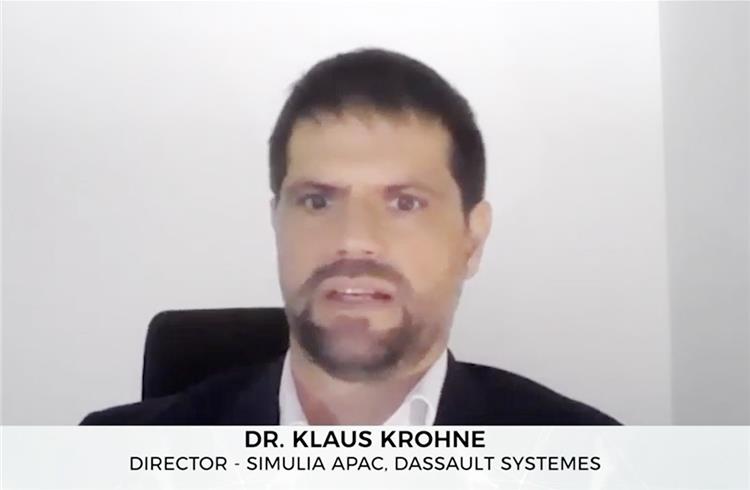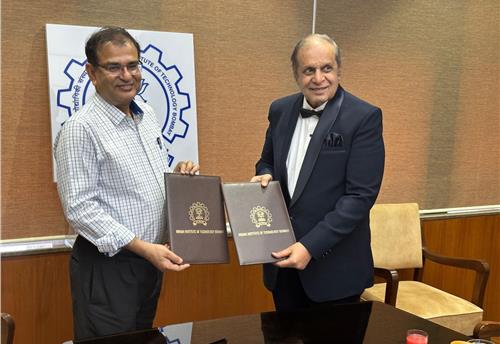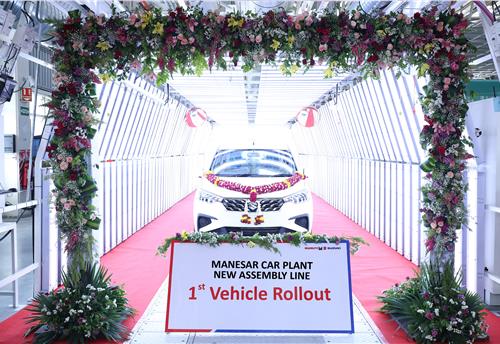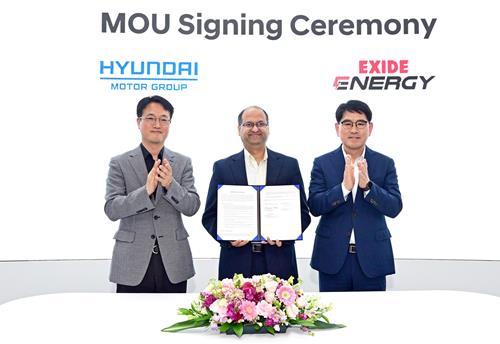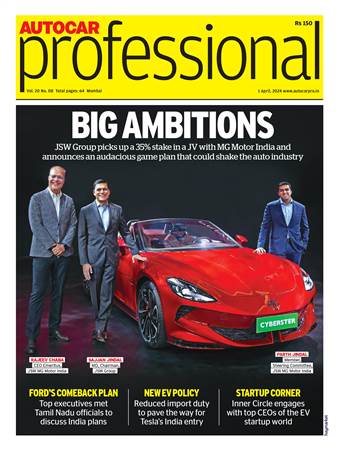Simulation is a smart tool to solve connected vehicle challenges: Dassault Systemes’ Klaus Krohne
The Sales Director (Simulia APAC) at Dassault Systemes details how simulation can play a key role in designing and improving connected vehicles and how automakers can stay competitive.
“When we think about autonomous, we also have to think about experiences. Today’s vehicles are largely built around customer experiences, especially in the SUV segment where the passengers are really an afterthought. Once vehicles become autonomous, passengers will be seen differently. We will need to redesign the vehicle keeping in mind the new demands. Then, we will have the most stringent challenges from quality, cost and regulations, wherein markets like India demand advances in the vehicle keeping in mind the cost under control,” said Klaus Krohne, Simulia APAC, Sales Director – Dassault Systemes.
Krohne was speaking at a webinar on the theme of ‘Communication and Detection – Simulations helps to make your vehicle autonomous’, on October 8, 2021 and moderated by Autocar Professional’s Nilesh Wadhwa.
The aim of the webinar was to understand how simulation can play a key role in designing and improving connected vehicles. Krohne began his presentation by stating that the sale of Tesla’s Model 3 was at the same time as the new Volkswagen Golf in Germany, which was previously unthinkable. “The Volkswagen Golf is an iconic model, every German knows of and dreams of, and having a purely electric company challenge Volkswagen on its home turf is absolutely mind-blowing.”
Vehicle electronics and innovation
Krohne was referring to the disruptive megatrends shaping the new normal for the automotive industry. It is a known fact that electronics plays a key role in the development of vehicles, and in fact, it is expected that 90% of the automotive innovation will come from electronics and software. “This means that electronics will be primary a cost driver for creating a new vehicle. Combined with the fact that almost everybody is expecting that timing to market will decrease further in the future, which poses tremendous challenge in the development of new vehicles. In essence, by having electronics in the vehicle, it will become more valuable, costly and a bigger innovation challenge. This is what we are trying to address, how to make innovation more sustainable and faster,” said Krohne.
The presentation focused on how simulation can help faster iteration of vehicles and bringing costs down for the development. “We think by replacing some or all of the physical tests by simulation will dramatically increase how innovative the cars and how fast they can be developed,” explained Krohne.
Antenna placement crucial decision in vehicle design
During the session, many interesting concepts of connectivity in vehicles which can be game-changers were discussed including how V2X can improve road safety and fuel efficiency. Krohne detailed how simulation can cut down the design time by finding the right positioning of the radar sensors that allow for maximum connectivity, comply with safety regulations, and the most important not affect the design of the vehicle.
“To faster iterate the vehicles and bring them to the market, we need simulation. Antennas on a vehicle have been designed in their intended environment. The first concern normally is not how it performs but how it looks, then the placement and will it work? The answer is maybe. Because the antennas are usually designed in isolation, sometimes with the dummy of a car but when you put it on a vehicle, which may have a sunroof or a spoiler, which impacts the radiation and the ability of the antenna to receive signals. If the signals are being received properly, we could solve it by redesigning the antenna, but that can become quite difficult. It could be done by changing the supplier but what if I am unable to find a right supplier who has the right antenna? It means new commercial discussions. So, the easier way is to find if we can find a better place to place the antenna. This can be done through simulation and testing many different design options. We can balance the KPIs, but also look at not only the best reception, aerodynamic drag, aesthetics.”
On the other hand, radar antennas have a different function. According to Krohne, OEMs do not just stick the radar outside the car because of aesthetics but instead put behind the bumper. It has to deal with lot of interference from other parts just as the metal, engine bay, chassis, the signal has to travel through a bumper, which could be a composite, plastic, metal elements inside. It is important that the radar antenna is able to ‘see’ / detect cars from where it is placed in the vehicle.
“We can simulate how the antenna detects and what it actually sees, this would be an image that the car which it can use for detection making. In the real-world we have to ensure that the radar sensors are able to prevent interference from internal and other vehicle sources. Ensure performance in on-road conditions, ensure safety of passengers and regulatory compliance. In the real world they will be impacted by road conditions, noise from other electromagnetic sources, and its impact on people. We need to ensure that they comply with all safety standards,” concluded Krohne.
RELATED ARTICLES
IIT Bombay inaugurates Arun Firodia Research Floor
IIT Bombay, one of India’s top technical and research institutions, honours Kinetic Group chairman Dr Arun Firodia, one ...
Maruti Suzuki expands capacity at Manesar plant by additional 100,000 units
New assembly line at Plant A expands total manufacturing capacity at the Manesar plants to 900,000 units per annum. Alon...
Hyundai and Kia partner Exide Energy to produce LFP batteries in India
Partnership with Exide Energy enables Hyundai Motor and Kia to equip future EVs in the Indian market with locally produc...





 By Autocar Pro News Desk
By Autocar Pro News Desk
 10 Oct 2021
10 Oct 2021
 2521 Views
2521 Views



